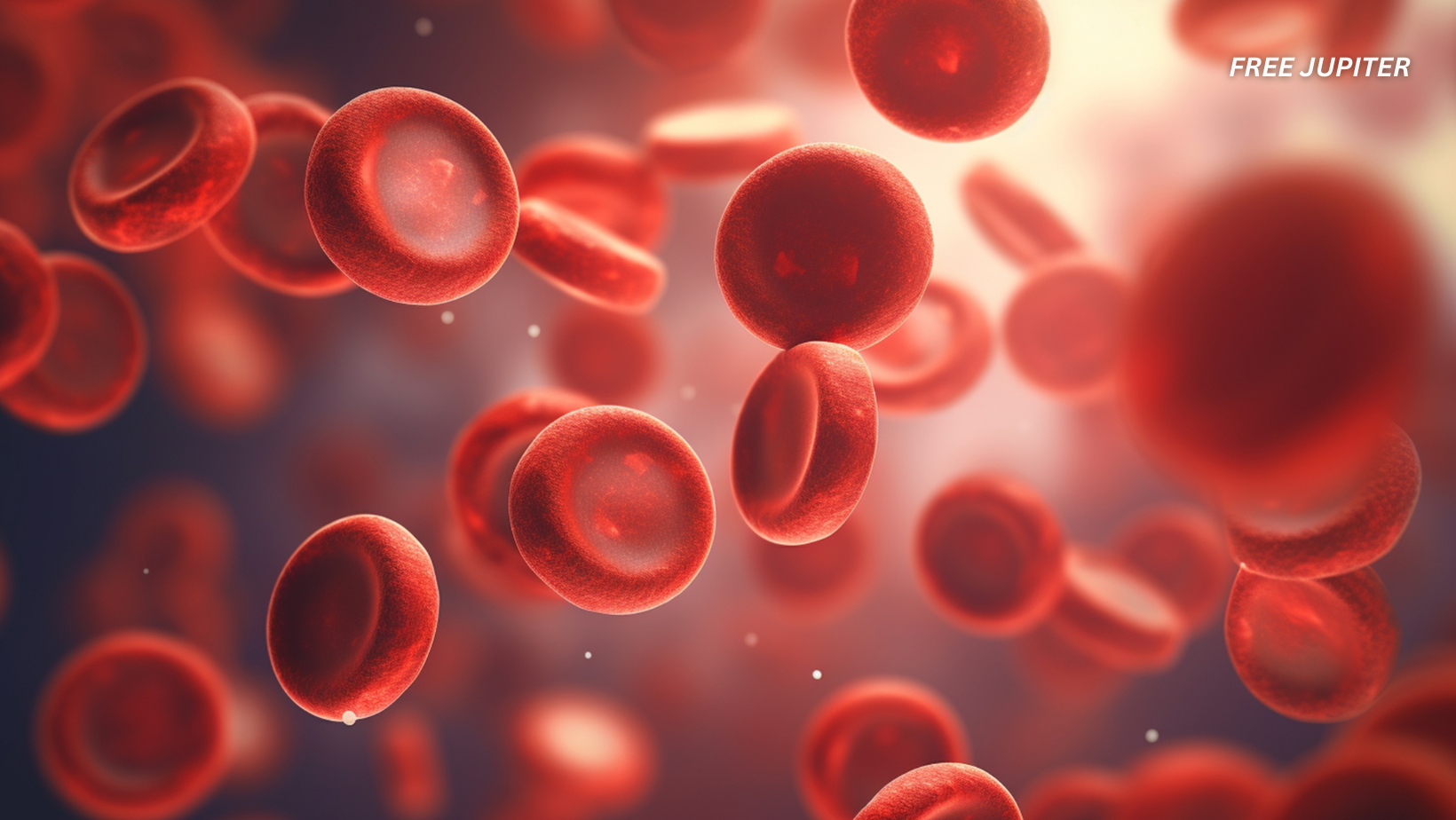Blood clots are one of the body’s clever self-defense mechanisms. When a blood vessel gets injured, your system jumps into action, forming a plug that stops you from losing too much blood. It’s nature’s version of emergency maintenance. But not all clots are helpful. Sometimes, they show up uninvited when there’s no wound to patch up and that can cause a lot of trouble.
Imagine your bloodstream as a vast highway. Now picture a sudden traffic jam forming deep within that network, blocking off critical lanes and slowing everything down. That’s essentially what happens when a deep vein thrombosis, or DVT, forms. These types of clots develop in the deep veins, typically in your legs or arms, and can cause serious disruptions.
“Clots in the deeper veins can be dangerous because they interfere with circulation and may even break loose, traveling to the lungs,” says Dr. Luis Navarro, a vascular specialist and founder of the Vein Treatment Center in New York. If that happens, you’re not just dealing with a clot anymore It becomes a pulmonary embolism, a far more serious and potentially life-threatening condition.
The tricky part? Clots don’t always come with flashing neon signs. Many of the symptoms are subtle, easily mistaken for something mundane like a sore muscle or fatigue. But staying alert to the warning signs can mean the difference between a quick recovery and a life-threatening emergency.
Here are the symptoms you should never brush aside especially if you’re at risk.
Sudden Swelling in One Limb
If one of your legs or arms starts puffing up like a balloon, don’t ignore it especially if the swelling comes on rapidly and without a clear cause. It’s one of the classic signs of a DVT.
“When a clot forms in a deep vein, it can obstruct blood flow, causing fluid to collect behind the blockage,” explains Dr. Navarro.
While it’s true that swelling can happen for many harmless reasons, like a long flight or a day on your feet persistent or unusual swelling should always prompt a closer look. If it’s paired with tenderness or pain, it’s time to call a healthcare provider.
Read more: Natural Foods That Deliver Magnesium Better Than Supplements
Aching or Cramping in the Leg or Arm
Muscle pain is easy to overlook, particularly if you’ve recently exercised, stretched awkwardly, or simply slept in a funny position. But pain caused by a blood clot has its own particular feel.
“The discomfort from a clot often masquerades as a charley horse or a pulled muscle,” says Dr. Navarro. “It’s one reason DVTs are missed so often.”
Pain from a clot typically worsens when walking or flexing the foot upward. If you experience persistent discomfort, especially in combination with swelling or warmth in the area, it’s a red flag worth taking seriously.
Skin That’s Red or Warm to the Touch
Skin changes are another hint that something might be off. Redness, particularly when it appears alongside swelling or pain may be a visible signal of a clot lurking beneath the surface.
“Unlike a bruise, which you can usually explain and watch fade away, this type of redness tends to persist and may feel warm,” Dr. Navarro notes.
The warmth is due to inflammation and disrupted circulation in the area affected by the clot. You won’t be able to see a DVT the way you would a cut or scrape, but your skin can offer subtle visual clues.
Chest Pain That Isn’t What You Think
Sharp chest pain often sends people straight to thoughts of heart trouble and for good reason. But in some cases, what feels like a heart attack might actually be a pulmonary embolism.
“Pulmonary embolisms and heart attacks can feel similar, but there are key differences,” says Dr. Navarro.
A pulmonary embolism tends to produce pain that’s sudden, stabbing, and worse with deep breathing. Meanwhile, heart attack pain usually spreads out from the chest to the jaw, neck, or shoulder. If you’re unsure, don’t wait—seek emergency help right away. Let the professionals sort out the cause.
An Ongoing, Dry Cough That Doesn’t Add Up
Coughing is something most people associate with colds or allergies. But if you’re dealing with a dry cough that won’t go away and it’s accompanied by chest pain, a rapid heartbeat, or difficulty breathing it might be more than just a seasonal sniffle.
“A pulmonary embolism can cause a persistent, dry cough, and in some cases, people may even cough up mucus or blood,” says Dr. Navarro.
Because the lungs are directly affected by a pulmonary embolism, any cough that feels out of place or arrives with other concerning symptoms should be assessed quickly.
Read more: Popular Medications Millions Of People Take At Night Have Been Linked to Disabilities
A Heart That’s Beating Faster Than Usual
Your heart is smart. When it senses a drop in oxygen, it speeds up to try to compensate. A clot in the lungs, such as a pulmonary embolism, can interfere with oxygen exchange—causing the heart to race.
“A fast heart rate can be a response to low oxygen, chest discomfort, or anxiety triggered by both,” says Dr. Lewis Nelson, an emergency medicine expert at Rutgers New Jersey Medical School.
As the clot grows or blocks more of the lungs, the situation worsens. Reduced oxygen triggers a chain reaction, with the body trying desperately to keep up. If your heart feels like it’s sprinting and you’re short of breath, don’t try to tough it out. Get checked immediately.
Feeling Lightheaded or Close to Fainting
Lightheadedness can sneak up on you for a variety of reasons standing up too quickly, not eating enough, or being dehydrated. But when it occurs in tandem with other symptoms, especially those related to the lungs and heart, it deserves urgent attention.
“When oxygen levels drop or blood flow is disrupted, the brain feels the effects quickly,” says Dr. Nelson.
In one clinical study, published in the New England Journal of Medicine, researchers discovered that pulmonary embolisms accounted for about 17% of hospitalizations involving fainting among older adults. That’s not a number to ignore.
Why Some People Are More At Risk
Not everyone is equally likely to develop a blood clot. Several factors can raise your risk:
- Extended immobility: Sitting for long periods—like during flights or hospital stays—can slow blood flow and lead to clot formation.
- Surgery or injury: Especially operations on the lower limbs, which may damage veins or restrict movement.
- Genetic predisposition: Some individuals inherit clotting disorders that make them more prone to developing clots.
- Pregnancy and birth control pills: Hormonal shifts can increase the risk.
- Chronic conditions: Cancer, obesity, and heart disease all increase clot risk.
- Smoking: It’s linked to numerous cardiovascular issues, including clot formation.
Knowing your risk factors can help you take preventive steps. Wearing compression socks during long flights, staying hydrated, and getting up to move regularly can all help.
Read more: The Reason More Adults Than Ever Are Being Diagnosed With Autism
When to Seek Immediate Help
Here’s a general rule: if you’re experiencing a combination of symptoms—such as swelling, redness, shortness of breath, or chest pain—don’t try to diagnose yourself. These warning signs need medical evaluation.
The good news? Blood clots are treatable. But early detection is essential. With quick action, doctors can use blood thinners, clot-busting medications, or even surgical procedures to clear the clot and restore healthy circulation.
So if something feels off—especially if it comes on suddenly or doesn’t match your usual aches and pains—listen to your body. It might be trying to tell you something very important.










